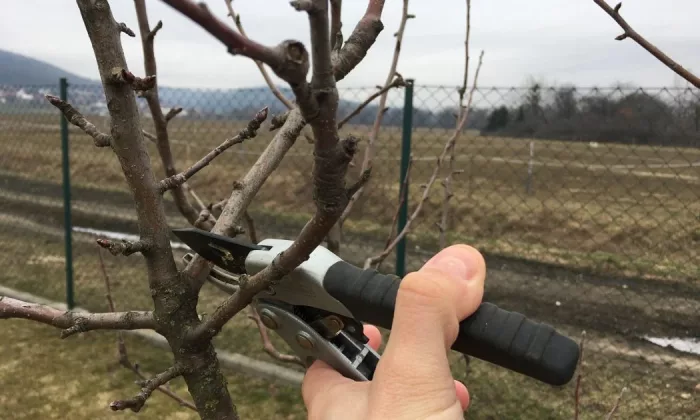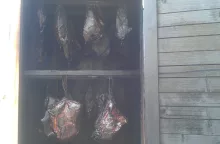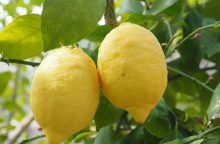Pre-spring pruning rules for fruit trees

Pre-spring pruning is not for all fruit trees. For example, if you try to prune cherries, sour cherries or walnuts you will damage them. On the other hand, pre-spring pruning is beneficial for apple and pear trees, but also for certain shrubs such as currants and raspberries for example because they should give you a bigger harvest if you prune them correctly. However, also pre-spring pruning has its own rules and you must follow them but at the same time you don’t need to be afraid. The most important thing is to choose the right time for pruning. You can start pruning when daytime temperatures are above freezing and they should not drop too much during nights either.
Importance of pruning fruit trees
Regular pruning of fruit trees has many benefits. but you do not need to prune every year. If they grow in a good location where they get enough moisture and nutrients, they do not need to be pruned regularly every year. Usually, you know if your trees give you satisfactory harvest – then they may do without pruning. But after some time every tree crown becomes too dense and we all know that dense crown prevents sunlight from reaching the inner part of the crown and the total yield goes down.
Too dense tree
In a dense crown branches grow at inappropriate angles may not be able to support the weight of the fruit and eventually they may break. Open wound can negatively affect the health of the entire tree! Plus too dense crown prevents the air from flowing through the tree, which in turn increases the likelihood that your tree will be attacked by various diseases.
Beware of bad pruning
At the same time we must warn you against bad pruning. In general, it is recommended to prune less, but more often. Of course, each type of tree requires a slightly different cut. To prune properly you need a sharp saw to cut off thicker branches and a knife to perform a clean the cut. Always try to make the cut as smooth as possible because nice cut heels much better. Pruning shears are sufficient for thin branches. Make sure that all your tools are sharp and clean and do not forget to perform the follow-up care! Apply garden balm or wax immediately to larger cuts.
Branch selection
A general rule of thumb is to prune those branches that look sick or grow at wrong angles – you want to achieve a more airy and open crown. Always cut branches as close as possible to the branch ring that you want to preserve on the branch (a cut in this place heals easily). In addition, the branch ring can actually tell you the direction of the cut: always cut next to the ring – perpendicular to the growth direction of the branch.</ strong>
How to cut thicker branches
If you are going to trim thicker branches you need to cut them at a certain distance from the branch ring and then close to it. For example, cut thick branches first at a distance of half a meter from the trunk (start at the bottom and then we finish the cut from the top) and then complete the cut. This way the bark or wood will not break off from the trunk by itself causing damage. One-year shoots are also pruned. To do so, you need to perform a slightly oblique cut behind the bud (the bud remains on the tree).
Preview photo: Radek Štěpán

Gardening is my hobby, I have a lot of experience and I am happy to share it.








0 comments